Mario Buatta (1935–2018) is undoubtedly one of the most influential and important decorators of our time, and The Glam Pad is over the moon for the newly released book, Mario Buatta: Anatomy of a Decorator, by Emily Evans Eerdmans.
When renovating and decorating our current home, I pored over Mario’s first book, the “Buattapedia” aka Mario Buatta: Fifty Years of American Interior Decoration, written by Eerdmans in 2013, and I set about “Buatafying” every inch.
In Mario Buatta: Anatomy of a Decorator, Eerdmans evaluates several of his final projects and provides readers a masterclass in decorating à la Buatta. Eerdmans, who over the years became a protégée of the late decorator and one of his closest friends, has created an authoritative assessment of his work and a valentine to preserve his legacy.
The Glam Pad is delighted to welcome Emily today to share additional insight behind her creation of this magnificent book! But first, an overview…
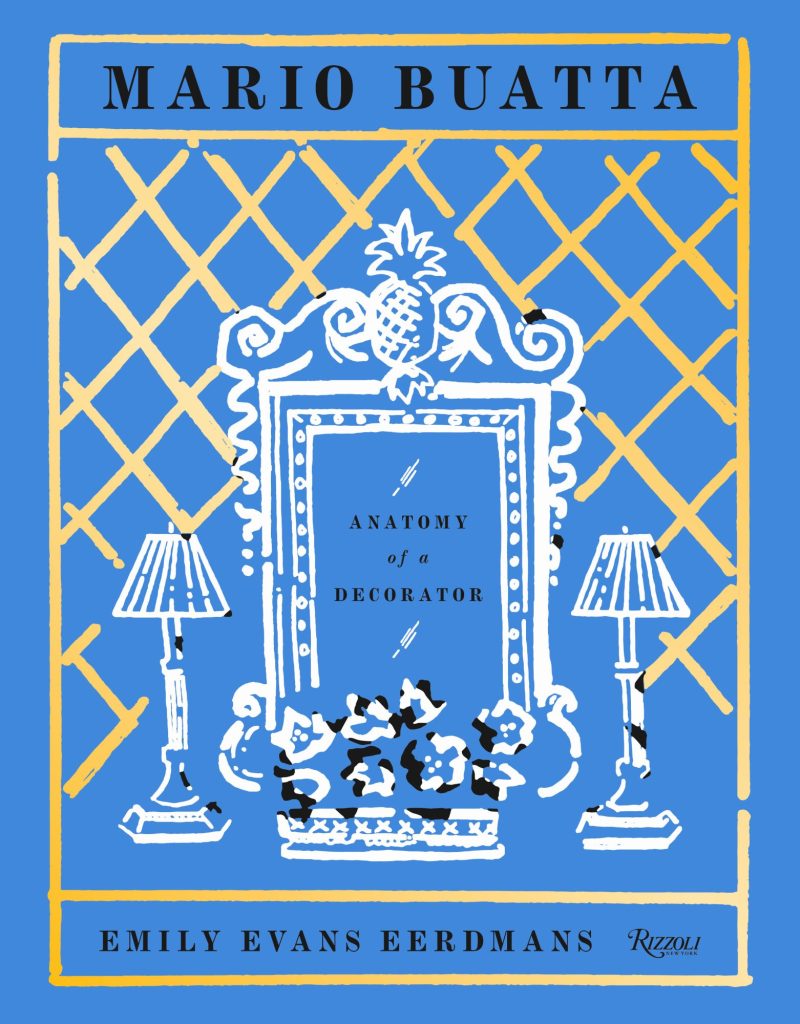
Mario Buatta: Anatomy of a Decorator
Released this month by Rizzoli, Anatomy of a Decorator presents the design tricks and decorative life of Mario Buatta, one of America’s most famous interior decorators. Drawing upon Buatta’s vast archives and revealing the foundations of his work, which include hundreds of presentation boards, more than eighty scrapbooks chronicling his career, and correspondence with clients and such design notables as John Fowler and Sister Parish, Anatomy of a Decorator illuminates the designer’s work with a focus on influences, process, and evolution. Never-before-seen archival material is culled to present the design master as someone who remains impactful in today’s world of maximalist interiors.
Chapters include a close look at the important figures who guided his trajectory, including Nancy Lancaster, Rose Cumming, Keith Irvine, and Albert Hadley; an assessment of how the designer catapulted from Staten Island without a college degree to become a household name; and a breakdown of Buatta’s design vocabulary and how-tos. Ribbons, needlepoint, fine English and American antiques, floral chintzes, blue-and-white porcelains, lacquerware, botanicals, vibrant color combinations, and whimsy abound.This book is an essential addition to the libraries of design aficionados and for anyone who, like myself, wishes to “Buattafy” their home.
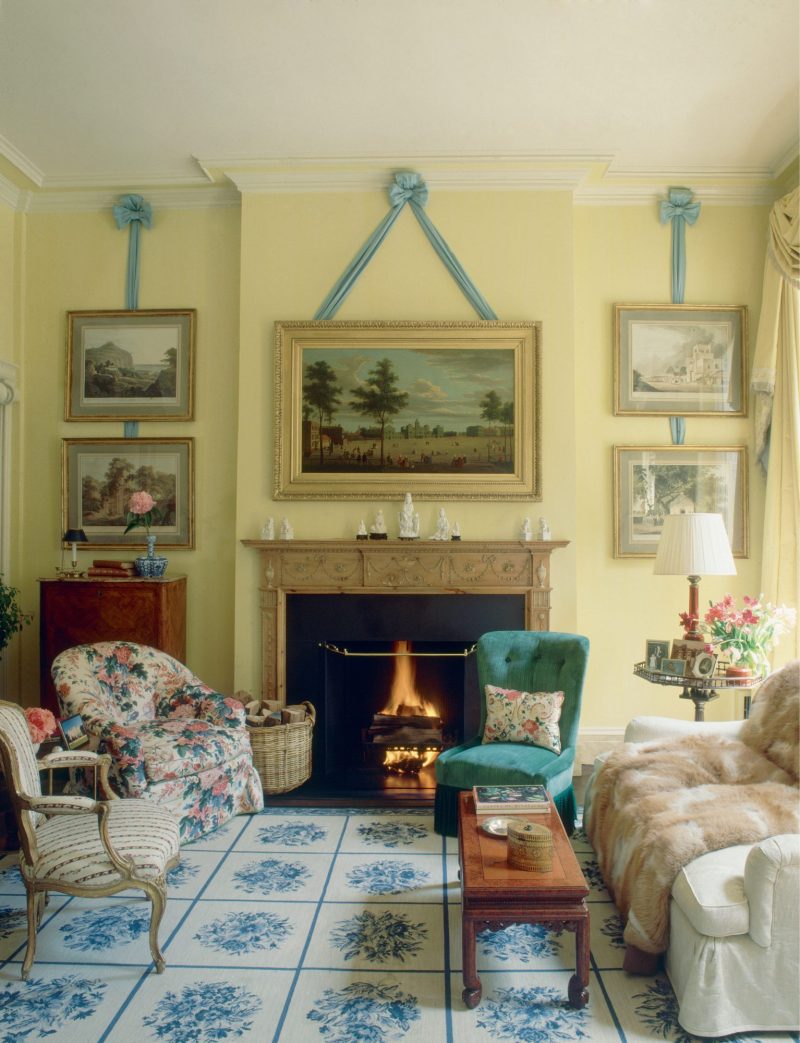
Welcome Emily!
Q: You write about the genius of Mario in your book:
“Interior design, or decoration as Mario preferred to call it, is an art that requires the genius to imagine the possibilities of a space. It is also a business of coordinating thousands of details….” you state. “Mario made his astounding trajectory appear effortless, but of course it was not. He notably worked for years with one or no assistant and yet was able to juggle several enormous projects for important and often demanding clients at the same time, and with great success. Meanwhile, he was also out nearly every night at dinner parties, Mortimer’s — the Upper East Side’s high-society bistro — charity galas, and industry events. It was a staggering achievement of diligence and energy.”
How did he do it? What specific attributes or factors do you feel contributed to this exceptional feat?
A: As a true extrovert, being around people – going to parties, talking to people constantly on the phone – fired him up and energized him. He also was passionate about his work and almost obsessive about making sure each detail was carried out the way he envisioned. I am sure that is one reason why he ultimately found it easier to not have assistants – as it took less time to do it himself than explain it to someone else to do. He often said that when clients hire him, they get him.
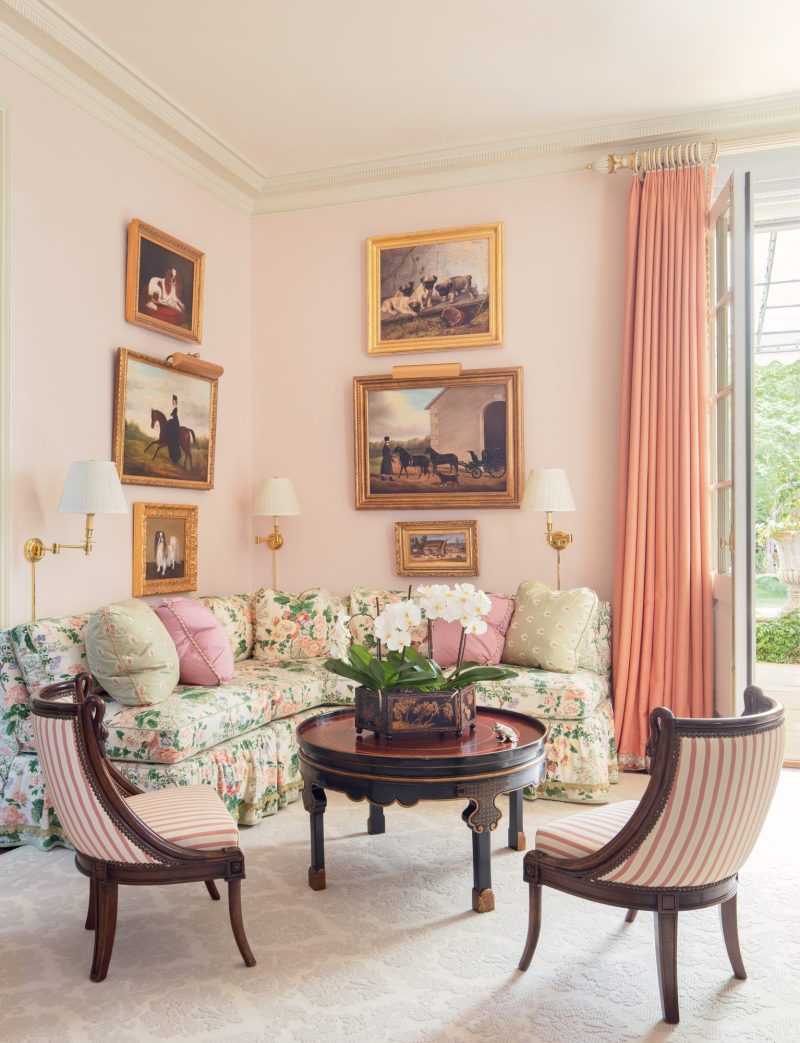
Q: Mario clearly loved to surround himself with interesting people who — like himself — possessed big personalities and a grand sense of humor. How were these same characteristics manifested within his design creations?
A: If you compare a Mario room from the 1980s to one by John Fowler, it is much more exuberant and a bit more exaggerated – more color, pattern, ruffles. I think this naturally fits his more expressive personality but also that it was what Americans wanted.
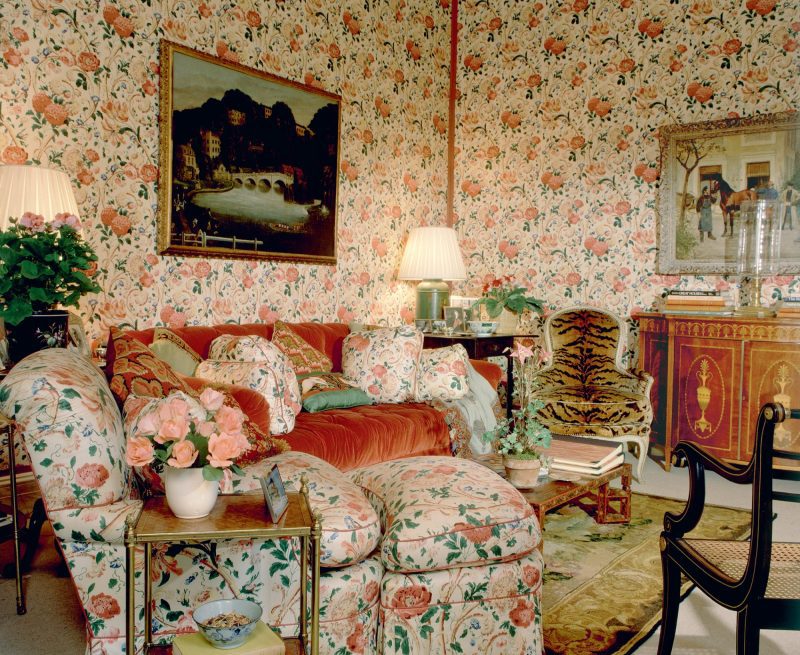
Q: When going through his estate, you mentioned finding bundles of letters received from Mario’s mentor, John Fowler. What a treasure trove you possess! Any thoughts as to a possible third book? Or even a museum of sorts?
A: My biggest hope is that Mario’s archive will find a home with an institution.
Q: What was the most surprising or insightful discovery you made through his estate?
A: Finding the John Fowler letters and understanding the extent of Fowler’s mentorship of Mario was absolutely thrilling. Also studying his collection of auction catalogues and his notes within made me better appreciate how much of a connoisseur he was.
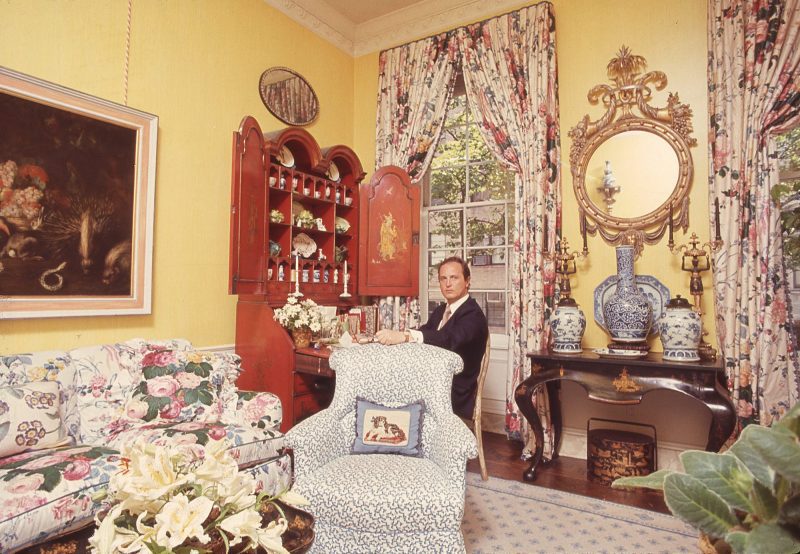
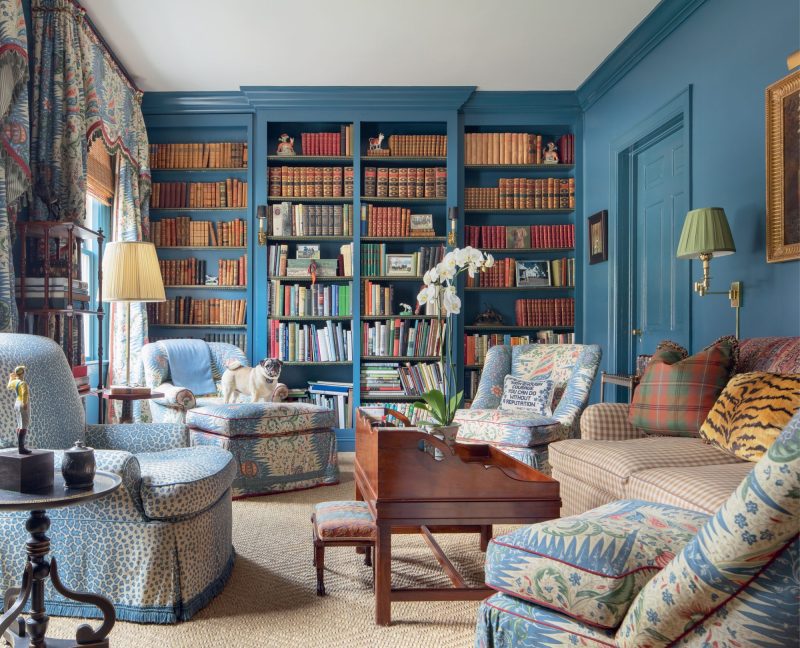
Q: As one of Mario’s closest friends and the custodian of his estate’s archives, how do you plan to ensure the preservation and perpetuation of Mario’s legacy for future generations?
A: That is a tough one. I’ve lived and breathed Mario for the past five years and this book is in a way my final valentine to him. I have been so moved by the response to his auctions and this book so far – I am hopeful his contributions to design history will be remembered for awhile.
Q: You also inherited Mario’s “keys to the kingdom” in terms of his decorating approach and detailed techniques. How does this knowledge influence and inspire your Decoration Consulting business, particularly considering your successful implementation of his style in your work?
A: One of the things that bonded us was our shared affinity for the English Country House style and the importance of collections. I am always asking myself, what would Mario do? Also, like Mario, if you want a beige minimalist space, I am not your person.
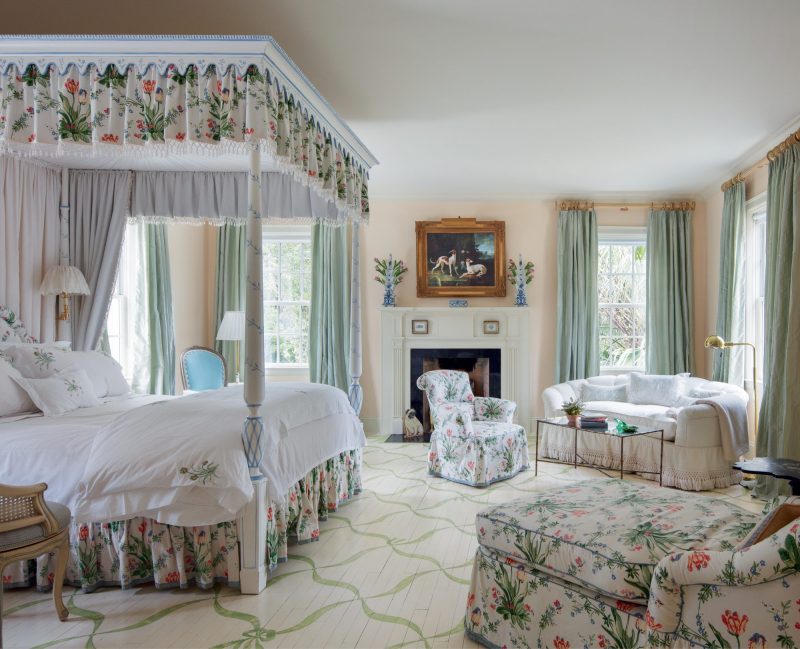
Q: Mario liked to say a home is like a scrapbook of its inhabitants’ lives, and like a garden that continues to grow and evolve over the years. You also offer a specialty in Collections Management. How do you assist your clients in building the stories of their lives?
A: A collection should bring joy and reflect its owner. It’s not about buying some props to fill up space. Some clients find the idea of collecting intimidating and have no idea where to start. But often if they look around, they already have something to build upon picked up on travels, inherited, or related to a favorite hobby. Then it’s on to displaying them in an dynamic way!
Q: I don’t think it was coincidental that the “Grandmillennial” movement followed immediately after “Buattacon” – a term coined to describe the overwhelming media sensation created by the auctions of his possessions. How do you predict Mario’s influence will continue to evolve?
A: Technically Grandmillennial as a style term was coined the year before Buattacon – but I do think it solidified it as a real trend. Sotheby’s told me they couldn’t believe how many young people came to view the auction which was amazing to hear. I do think we are in a moment where both maximalist and minimalist aesthetics can co-exist and thrive, due to social media algorithms reinforcing what we naturally like. Collectively we are going through more difficult times with more bad news daily – it is a natural human instinct to want to surround oneself with things that comfort – which is what Mario was all about.
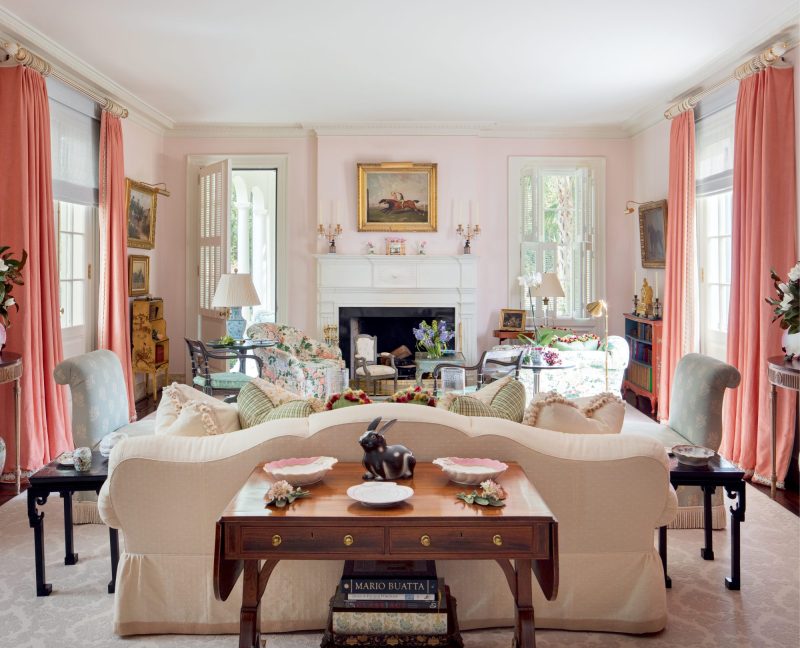
Q: Mario has left an undeniable legacy. What legacy do you wish to leave?
A: The external validation of seeing his name in print meant everything to Mario. My motivation throughout this all is that his name lives on and he isn’t forgotten.
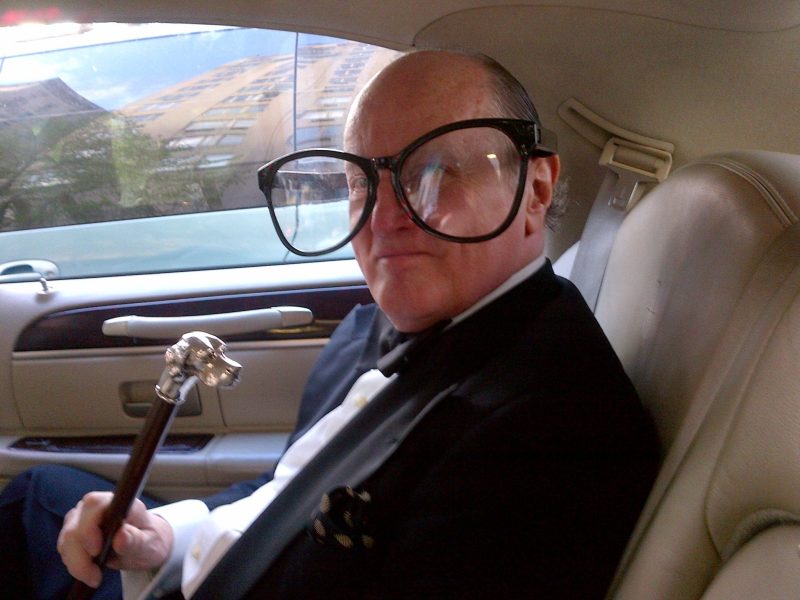
Thank you, Emily, for joining us today, and for this beautiful valentine to my favorite decorator of all time. As a child of the 1980s, Mario Buatta was at his height during my most formative years, and the highlight of my career was interviewing him in 2017 before his passing. He told me something that I will never forget, “I look at my book, and I look at my past jobs and they all look the same to me because they all have the same feeling – they don’t have the feeling of having been done yesterday. You can’t put a date on them. There is something in my brain that works that way.”
Mario Buatta is one of the few decorators in history whose work has remained effervescently timeless for over six decades. His interiors stand the test of time, and Anatomy of a Decorator is a wonderful primer for anyone who admires his style.
Mario Buatta: Anatomy of a Decorator may be purchased via Amazon, and if you don’t already have Mario Buatta: Fifty Years of American Interior Decoration, you will definitely want to add it to your collection as well. For ongoing inspiration and additional glimpses into Mario’s life, please follow Emily Evans Eerdmans at @eerdmansnewyork.



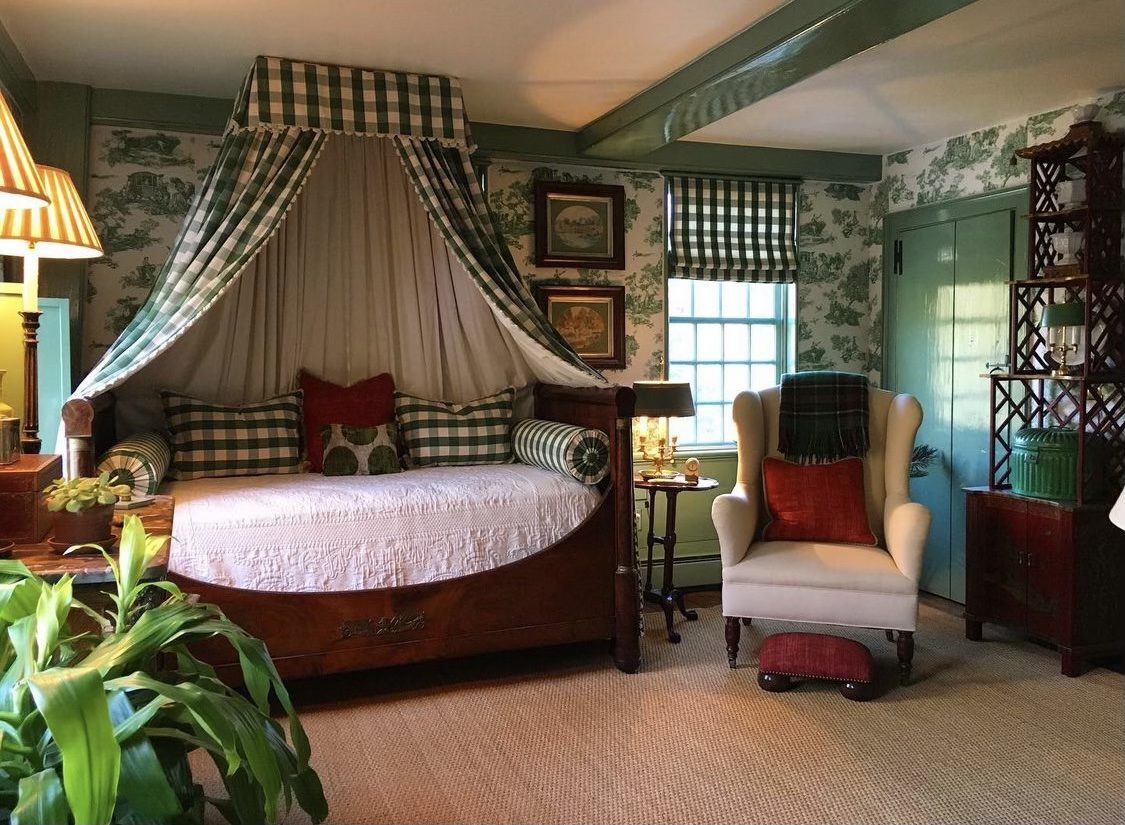

Mario was a bon vivant, magician literally, true gentleman of impeccable style. A memorable night was seeing “Dame Edna” on Broadway then spending the rest of the evening after the show with Mario, Suzy the famed society columnist, my cousin Miriam Margolyes and Barry Humphries aka Dame Edna. It was Mario who stole the night regaling us all with his charm. Dearly missed.
I’m imagining how delightfully fun that evening would have been! I was lucky to get one piece from his posthumous auction (a sketch of a cavalier king charles spaniel, my favorite of my collections).
Anatomy of a Decorator beautifully encapsulates the enduring legacy of Mario Buatta, a decorator whose work continues to inspire and captivate design enthusiasts across generations. Emily’s insightful exploration of Mario’s genius and his dedication to perfection is truly enlightening. Mario’s ability to infuse personality and humor into his designs is a testament to his unique artistry. As we delve into the treasures of his estate, we are reminded that Mario’s influence on design remains as vibrant as ever. Thank you, Emily, for preserving his remarkable legacy for all to cherish and enjoy.
So nice to see the one of the many floors I painted for Mario:-)